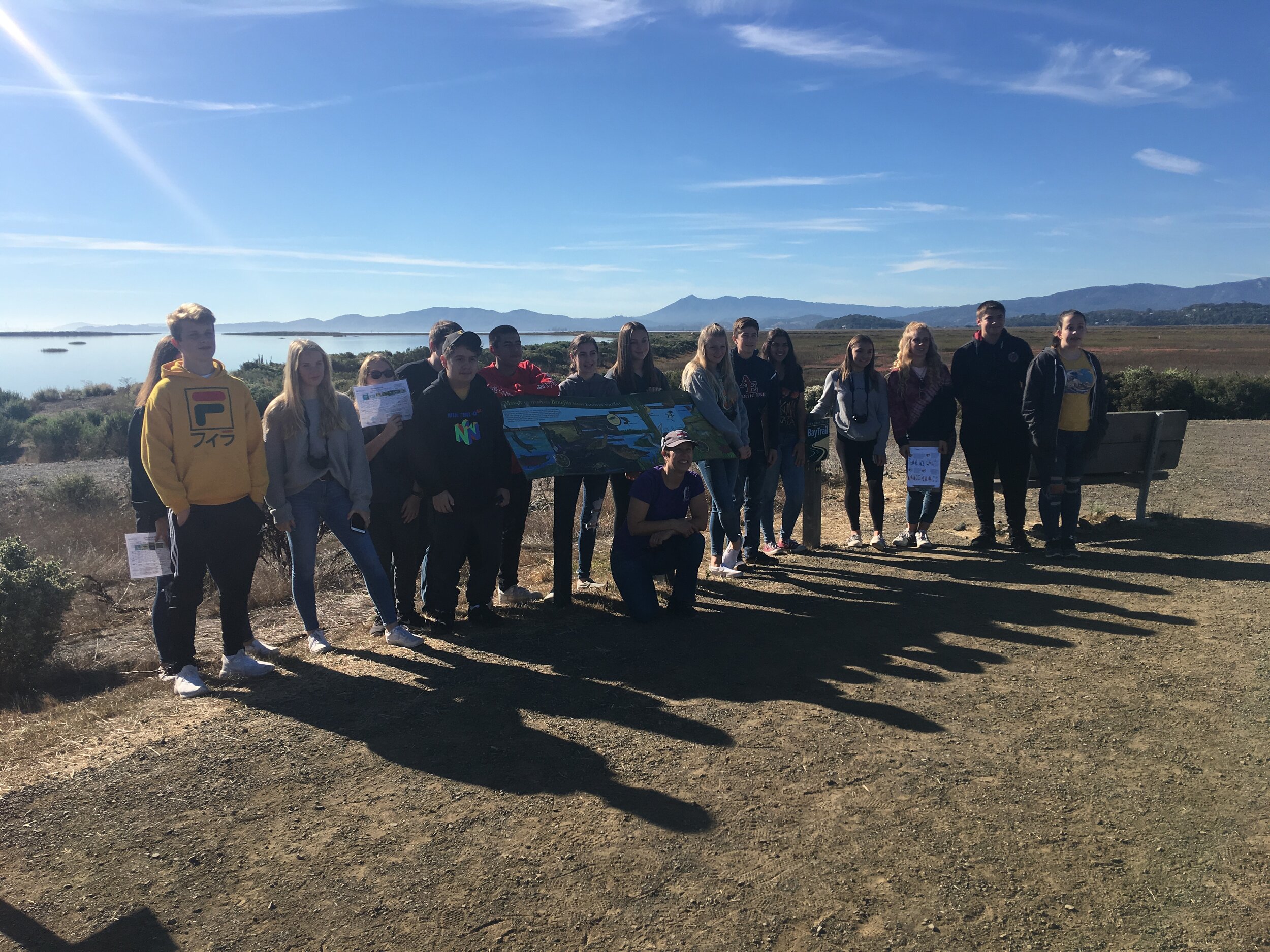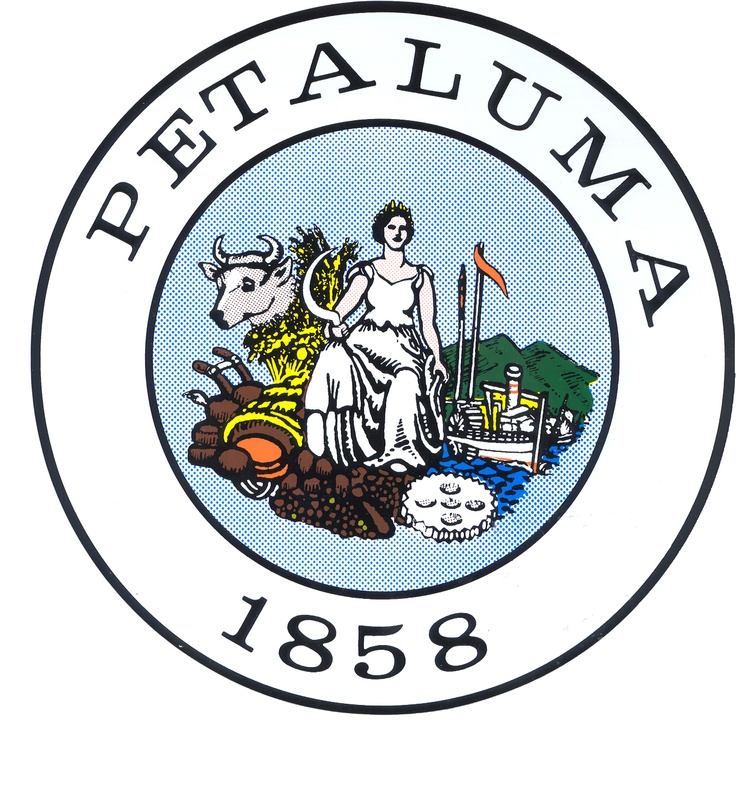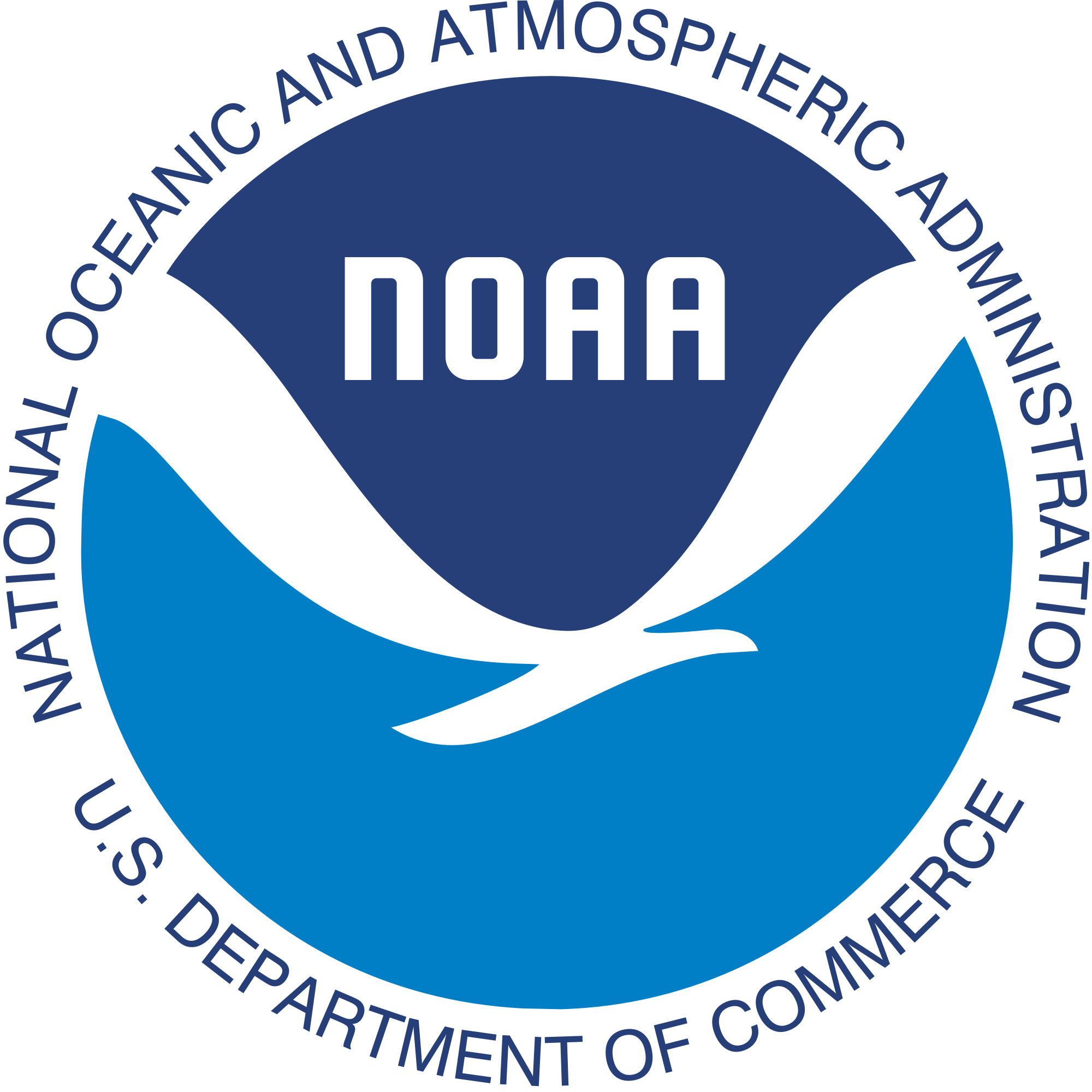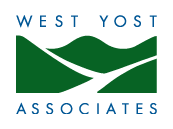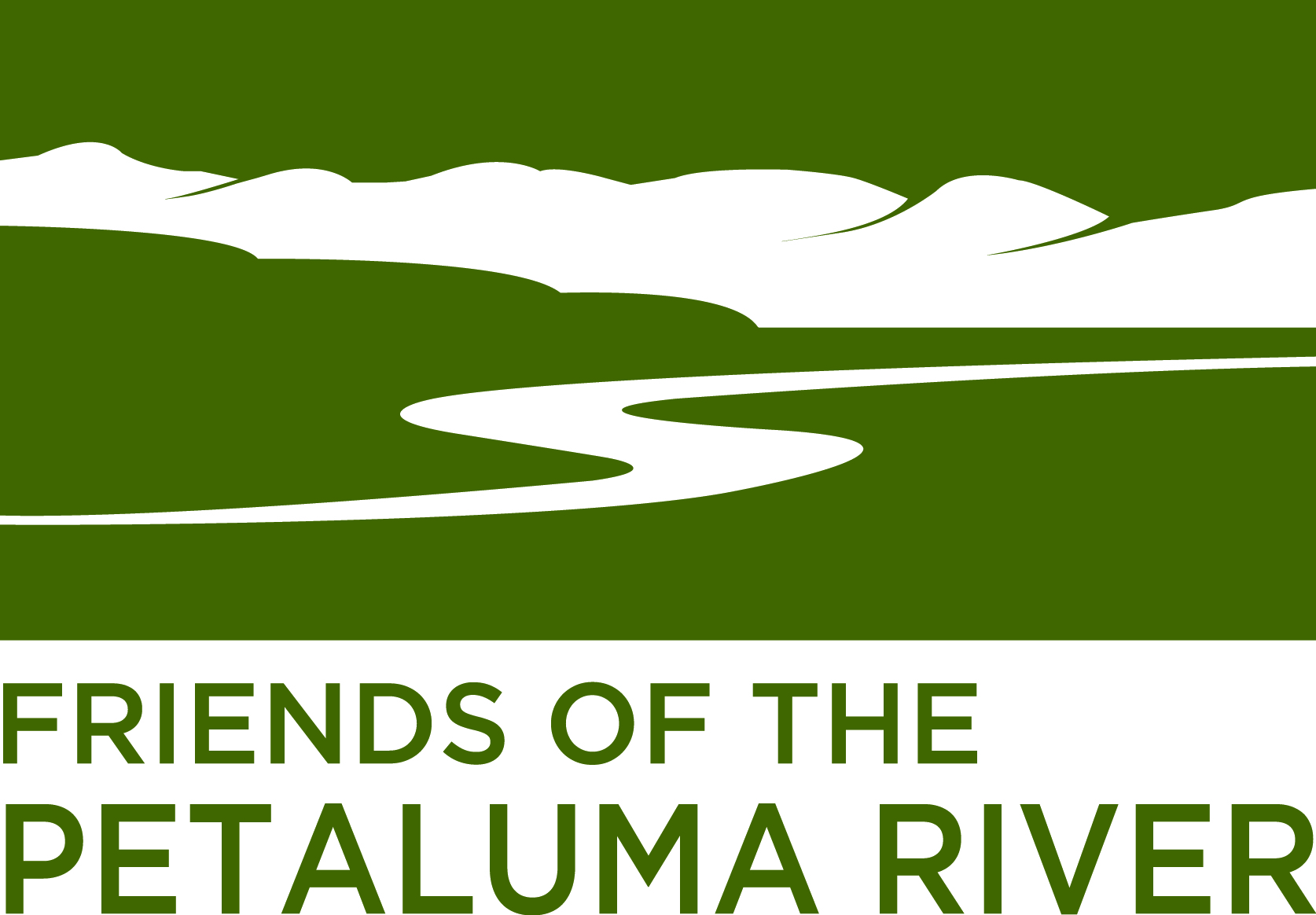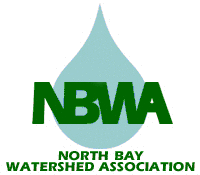7 Tips for Exceptional Watershed Curriculum
/It is getting to be my favorite time of year! No, not the holidays. It’s time for new Watershed Classroom proposals!
With the application deadline coming up on November 27th, many environmentally minded Petaluma educators are working hard to pull together their projects. While the Watershed Classroom is designed to make outdoor, place based education more accessible, we know the application process itself can sometimes feel overwhelming.
We compiled a list of advice for teachers who may be having a hard time knowing where to start!
Relax! This doesn't have to be you.
1. Find a Team!
Many hands make light work. Consider inviting one or more colleagues to collaborate on your project with you. This can be anyone who has a similar interest in teaching using principals of project based learning and environmental education.
Most of our collaborators are teachers working with the same subject/grade level on a shared campus but don’t let that limit you! We have also had collaborations that are cross-school, cross-grade level, and cross-discipline. What’s important is to find someone you work well with. Even if you decide to apply with different projects, it can be a great help to have someone to walk through the process with.
2. Explore Existing Projects!
The “Our Projects” tab on our website is a great resource for educators thinking about applying to the Watershed Classroom. Use it to explore projects that are currently being implemented, to look through our project archives, and to search through projects by grade level.
Seeing what other Petaluma teachers are doing can be a great source of inspiration for aspiring Watershed Classroom educators. Plus, if anyone is already implementing a project you think would be perfect for you and your classroom, you can always ask to join their team!
3. Build on What You’ve Got!
We find that many of our educators have already been implementing curriculum that aligns pretty closely with the Watershed Classroom goals. Consider starting with work you have already been doing. Which environmental education partners have you been working with, what field trips have you gone on in the past, and what watershed or Petaluma history lessons have you touched on? Now how can these be adapted to meet the Watershed Classroom requirements?
4. Think Standards!
Since all Watershed Classroom projects are standards based, this can be a great place to start. Spend some time looking through your grade level/subject’s California Common Core, Next Generation Science, and History-Social Science Content Standards and see what connections naturally come to mind. Some years may be better suited to certain watershed topics than others.
5. Use the NEW Proposal Form!
Our new proposal form is not just a key component of our application process, it is also designed to be a curriculum building tool. In fact, the format is based off the the Buck Institute for Education’s curriculum building tool.
Using the proposal form from the very beginning of project planning can help you organize your thoughts and will ensure that the project you plan meets all Watershed Classroom requirements.
6. Keep it Simple!
There’s no need to go overboard (also, if you do this on one of our field trips it can be a lot of paperwork)! Educators shouldn't feel like their students need to explore every topic in the watershed, in fact some of our favorite projects are the simplest ones. Just start with our basic project requirements and consider keeping your focus narrow by exploring a single theme like birds in the watershed, stormwater pollution, or the history of the peoples who have lived along our river. Remember, you can always build on the project in the coming years.
7. Ask For Help!
If you are ever stuck, our Watershed Classroom Coordinator is happy to answer any questions you may have. We will even meet you and your team at your school and help you brainstorm and create curriculum. We are here to do whatever it takes to support you so that you can bring your amazing Petaluma Watershed ideas to life in the classroom! Email katelynn@friendsofthepetalumariver.org.
We hope these tips help, and we cannot wait to see what amazing curriculum Petaluma educators come up with this semester!
And if you aren’t ready to jump in with both feet, you can always come out for one of our FREE FIELD TRIPS at Steamer Landing Park!
